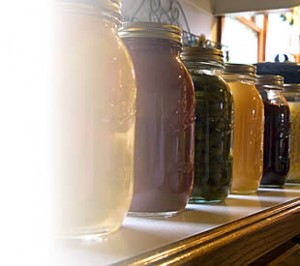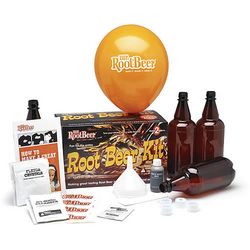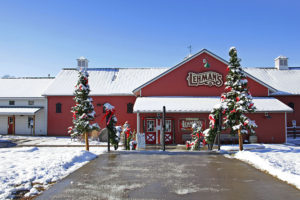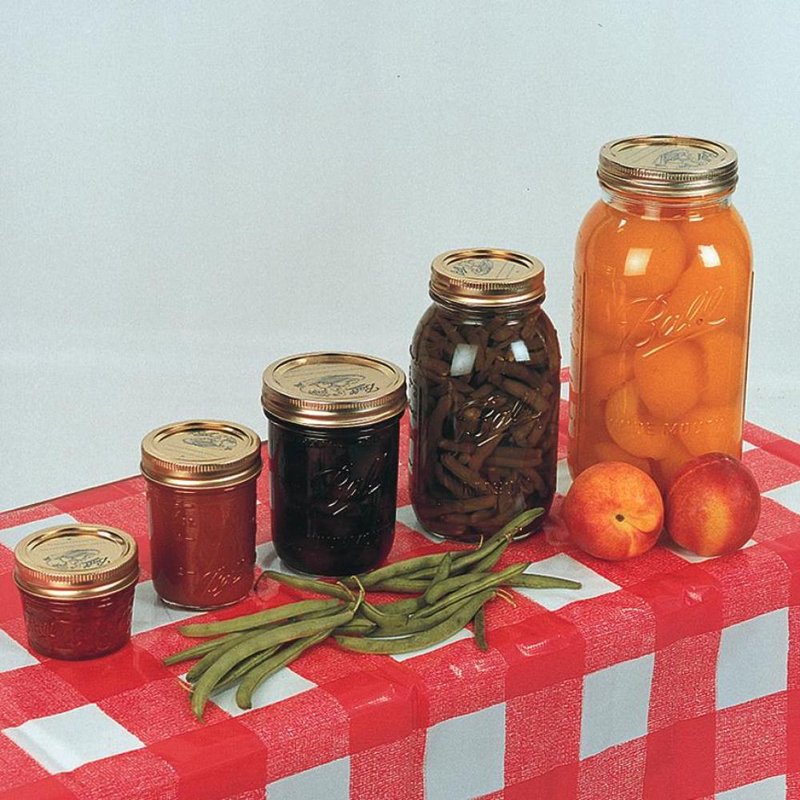
Peaches are in season, and I know that I’ll be canning some soon.
Recently, I found some canned peaches and one lonely, dusty jar of pickled peaches that I had forgotten all about.
It was such a treat to contemplate, especially on a cold, damp, dreary afternoon. I pulled out some pork chops to cook up for dinner as a juicy piece of pork with a garlicky glaze is the perfect foil for the tart, spicy sweetness of the peaches.
I’ll pass on my Peach Perfect Pickle recipe but with a caveat. I include the directions for canning this pickle but if you do can it, you will lose some of the texture of the peach. It’s still good, mind you, but to fully appreciate this pickle you really should make up a batch and keep it on the shelf. My family can eat two quarts in a sitting but we are serious eaters and there are quite few of us.
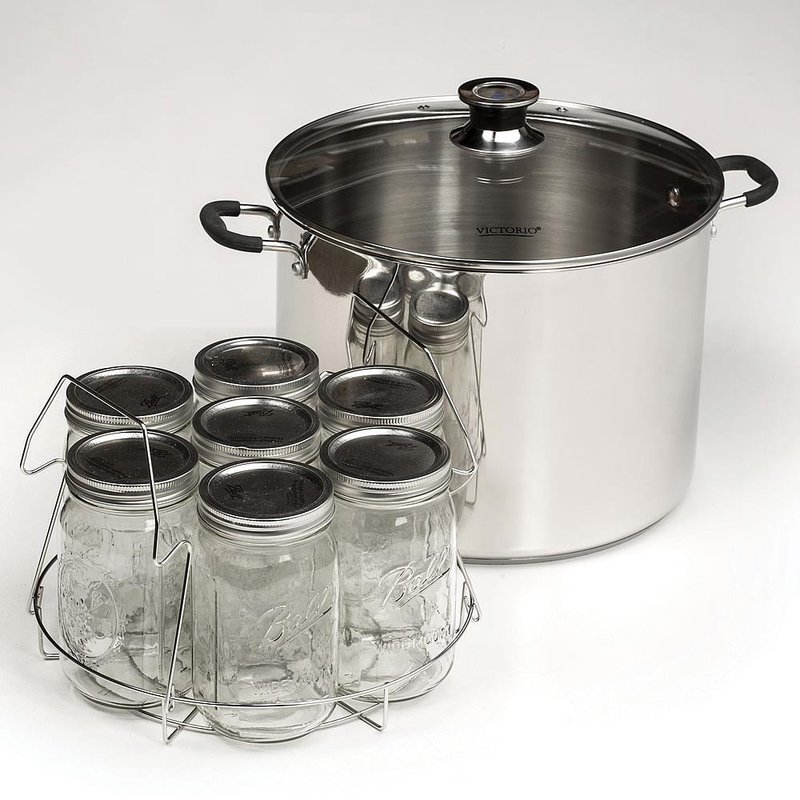
Peach Perfect Pickle Process
Begin with peaches that are not too ripe lest they fall apart when you simmer them.
I blanch mine in boiling water so the skins slip right off.
Slice each peach in half, remove the pit and poke a clove into each half. You can also just drop a few cloves in each jar if you don’t want to risk biting into a clove.
Put the peaches in a huge bowl of very cold water with a ½ teaspoon of Ball® FruitFresh or ascorbic acid added to keep the fruit from darkening.
Next, make up a syrup of 1 quart cider vinegar and 4 cups of sugar in your largest pot. Pour the cider vinegar over the sugar, and stir, warming slowly over medium heat until all the sugar dissolves, and the syrup clears.
You’ll need to sterilize your jars too, so they’re ready to receive the peaches and syrup. (Country Life recommends this process, which is also detailed in the Ball Blue Book.)
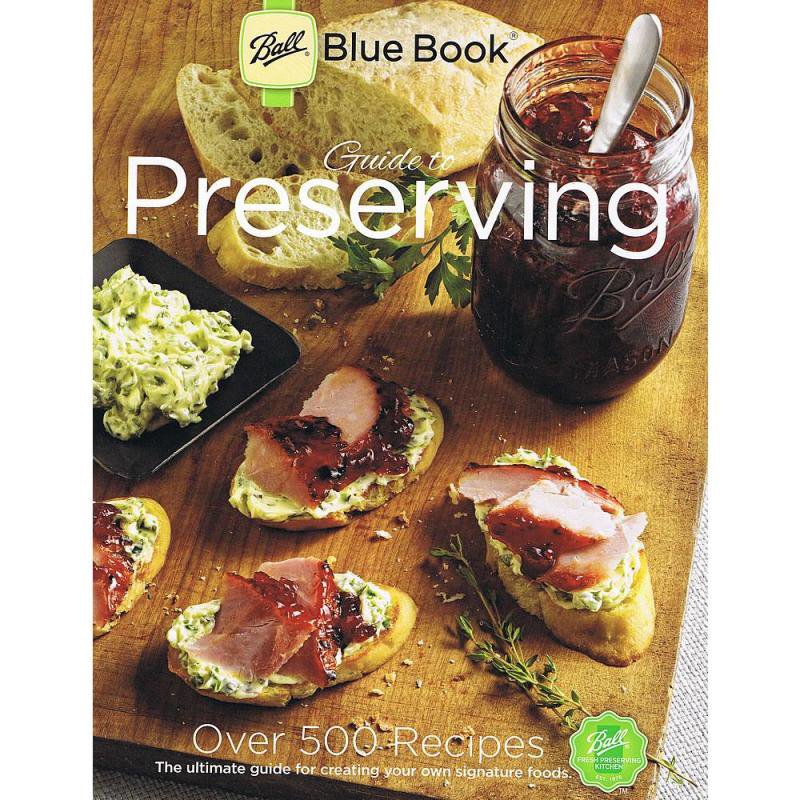
Keep the syrup hot over the lowest possible heat and add the peaches. Bring this up to a simmer until the peaches are hot throughout. It will take about 15 minutes. Now fill sterilized quart canning jars with hot peaches then ladle the hot syrup over all and seal.
You will notice that I gave no firm number or weight for the peaches. That’s because I use what I have and double or even triple the syrup as needed. If I have syrup left over I keep it in the refrigerator and use it as a glaze for pork or butternut squash.
The next part is up to you. The pickles can be processed in a boiling water bath for 20 minutes. (See this slide show at Ball’s freshpreserving.com–Country Life) Or they can just be stored on a shelf in your pantry and consumed without processing. I have done it both ways.
Most of the time the pickles will seal all by themselves. Sometimes one won’t seal in which case I just keep it in the refrigerator and eat it right away. On occasion, a jar of peaches will develop some mold if it hasn’t been processed but that rarely happens. The USDA ( and Country Life!) will caution you to process them.
Country Life recommends you process the pickles, just to be safe. You’ll know for sure that your processed pickles are sealed. And if they don’t, consume within three days; discard after that time. Need to know how to process pickles in detail? Ball’s Blue Book or Complete Book of Home Preserving are excellent resources for beginning or experienced home canners.


